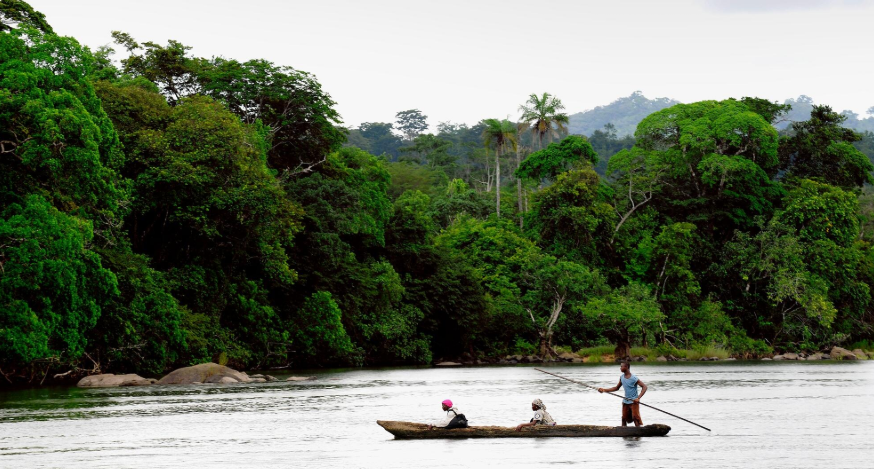Severe Impact on Nepal’s Tourism in 2025
Nepal’s tourism industry recently suffered a significant setback due to violent events that erupted in early September 2025. The unrest resulted in widespread damage, especially in major cities like Kathmandu, Pokhara, and Biratnagar. Hotels, government buildings, shops, and private properties fell victim to destruction and looting over a span of two days, causing a massive blow to the country’s tourism-driven economy.
Just as the country was gearing up for its peak season, with confirmed bookings for trekking and a surge in airline reservations, the protests shattered all hopes for a robust tourism recovery. The disruptions have left hotels repairing damages instead of hosting international guests, many of whom come from Europe, America, and Asia with expectations of exploring the Nepali Himalayas and cultural sites. Early economic assessments estimate losses exceeding Rs 25 billion, with the Hilton Hotel alone accounting for damages over Rs 8 billion.
Economic and Reputational Consequences
The financial damage, while substantial, is only part of the problem. The protests projected an image of instability, raising concerns among global travelers about safety and security in Nepal. Many smaller hotels, especially outside the capital, face the grim possibility of permanent closure unless immediate assistance arrives.
Hotels, after years of tight margins and survival through earthquakes, blockades, and pandemics, had counted on this season to recover investments and clear debts. Instead, the focus has shifted to canceling reservations, repairing properties, and rebuilding trust with international travel agencies.
| Category | Estimated Damage | Impact |
|---|---|---|
| Hotels (e.g., Hilton Kathmandu) | Over Rs 8 billion | Property damage, business interruption |
| Tourism Agencies | Significant cancellations | Loss of seasonal bookings and income |
| Overall Economy | More than Rs 25 billion | Job losses, reduced foreign income |
Government and Industry Response
The new Nepalese government led by Prime Minister Sushila Karki has pledged to prioritize economic rebuilding and support for the tourism sector. Immediate relief measures under discussion include tax reliefs, low-interest loans, and direct financial support aimed at the most affected tourism businesses. This swift intervention is deemed essential not only to aid recovery but also to restore confidence among international travelers and tour operators.
The Nepal Tourism Board is actively assessing the losses and preparing a comprehensive revival strategy. Partnerships with international tourism organizations are expected to boost promotion efforts, reassuring potential visitors that Nepal remains a safe and welcoming destination. The hotel industry, including associations representing tourism stakeholders, stresses the urgent need for visible security enhancements and rapid infrastructure repairs to stabilize the sector.
Key Recovery Actions
- Damage assessment and repair planning
- Government relief packages with financial incentives
- Enhanced security measures to protect tourists and assets
- International marketing and promotion campaigns
- Stakeholder collaboration for industry-wide recovery
Historical Perspective on Nepal’s Tourism Challenges
Nepal’s tourism industry has repeatedly faced adversity but has shown remarkable resilience over decades. The sector thrived after opening its borders in the early 1950s and gained fame with the ascent of Mount Everest in 1953, attracting adventurers keen on exploring its mountains and unique culture. Since then, Nepal has become synonymous with trekking and wildlife tourism, especially in regions like Annapurna and Chitwan National Park.
The trajectory has not been smooth. The 2015 earthquake inflicted severe damage, followed by a prolonged blockade that choked supply chains and hampered visitor access. The global COVID-19 pandemic further stalled progress, causing international travel to plummet. Each time, Nepal’s tourism community rallied to rebound, leveraging its natural beauty, cultural richness, and the enduring allure of the Himalayas.
Conservation tourism projects, such as those in the Annapurna Conservation Area, have exemplified sustainable approaches by combining biodiversity protection with community development and tourism revenue reinvestment. However, broader political and social disturbances have periodically disrupted this balance, highlighting the vulnerability of tourism-dependent economies.
The Future Outlook for Nepal’s Tourism and Broader Implications
Looking ahead, recovery depends heavily on swift government action, international cooperation, and the tourism sector’s ability to rebuild trust with travelers. Security and stability are paramount to reassuring global visitors. Despite recent setbacks, Nepal’s allure as a destination for adventure tourism, cultural exploration, and nature-based activities remains unparalleled.
As the country rebuilds, sustainable tourism practices and effective crisis management become even more critical to securing long-term resilience against future shocks—whether from social unrest, natural disasters, or global health emergencies. The tourism industry must blend conservation efforts with competitive service delivery to sustain the flow of visitors needed for economic vitality.
Challenges and Opportunities in Tourism Resilience
- Revitalizing tourism infrastructure damaged by unrest
- Enhancing community engagement and local benefits from tourism
- Balancing conservation goals with increased visitor demand
- Implementing crisis response and emergency preparedness
- Promoting inclusive, sustainable economic growth through tourism
This situation serves as a cautionary tale for international tourism markets, underscoring how political and social disruptions can deeply affect perceptions of safety, thus impacting travel decisions far beyond the immediate region. It further stresses the importance of destination preparedness and rapid response to maintain competitiveness in the global tourism landscape.
Conclusion: Safeguarding Nepal’s Tourism for Economic Stability
The turmoil experienced in Nepal during 2025 has underscored the fragile nature of tourism-dependent economies. Recovery hinges on coordinated action among government authorities, industry leaders, and international partners. Protecting tourism is not solely about preserving hotels and resorts; it’s about safeguarding jobs, foreign income, and the country’s global reputation as a remarkable travel destination.
For those captivated by Nepal’s towering peaks and rich cultural heritage, this is a moment to support sustainable travel and tourism initiatives that foster resilience and growth. Areas popular among boaters and adventure lovers, such as mountain lakes and rivers, remain crucial for diversified activities including fishing and water sports, contributing to the broader ecosystem of tourism.
In this context, GetBoat.com stands as a global marketplace providing access to an array of sailing boats and yachts, ideal for exploring natural water bodies, marinas, and nearby gulf destinations connected to Nepalese tourism circuits. Offering exciting opportunities to connect with nature and local culture, boat rentals add a dynamic dimension to the vibrant tourism experiences Nepal aims to restore.
As Nepal moves forward, the symbiosis between tourism, environmental conservation, and community wellbeing will be the cornerstone of a robust recovery, inviting travelers to rediscover the magic of this Himalayan jewel.

 Unveiling 2026’s Most Promising Underrated Destinations">
Unveiling 2026’s Most Promising Underrated Destinations">
